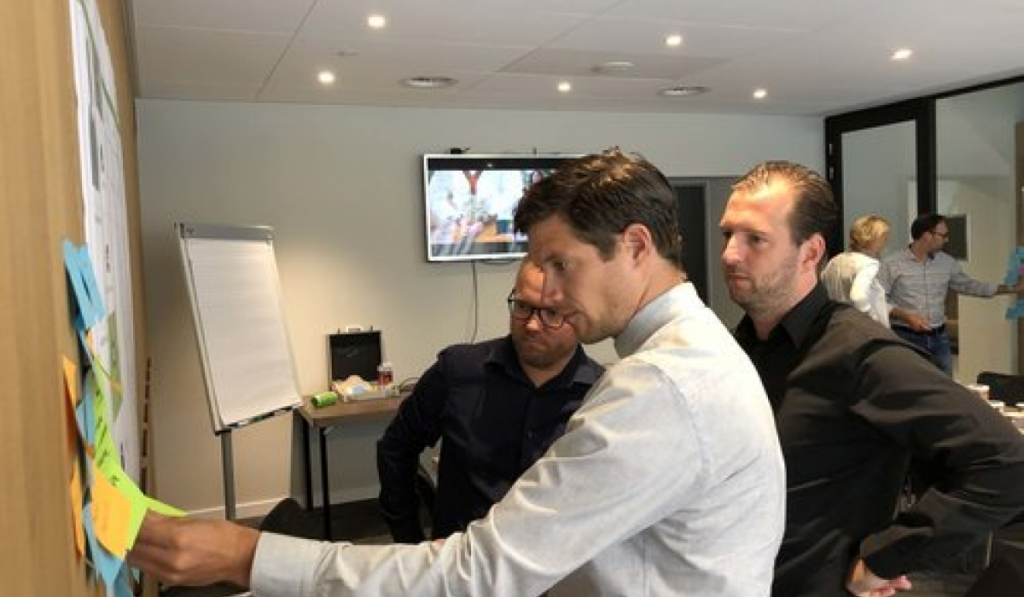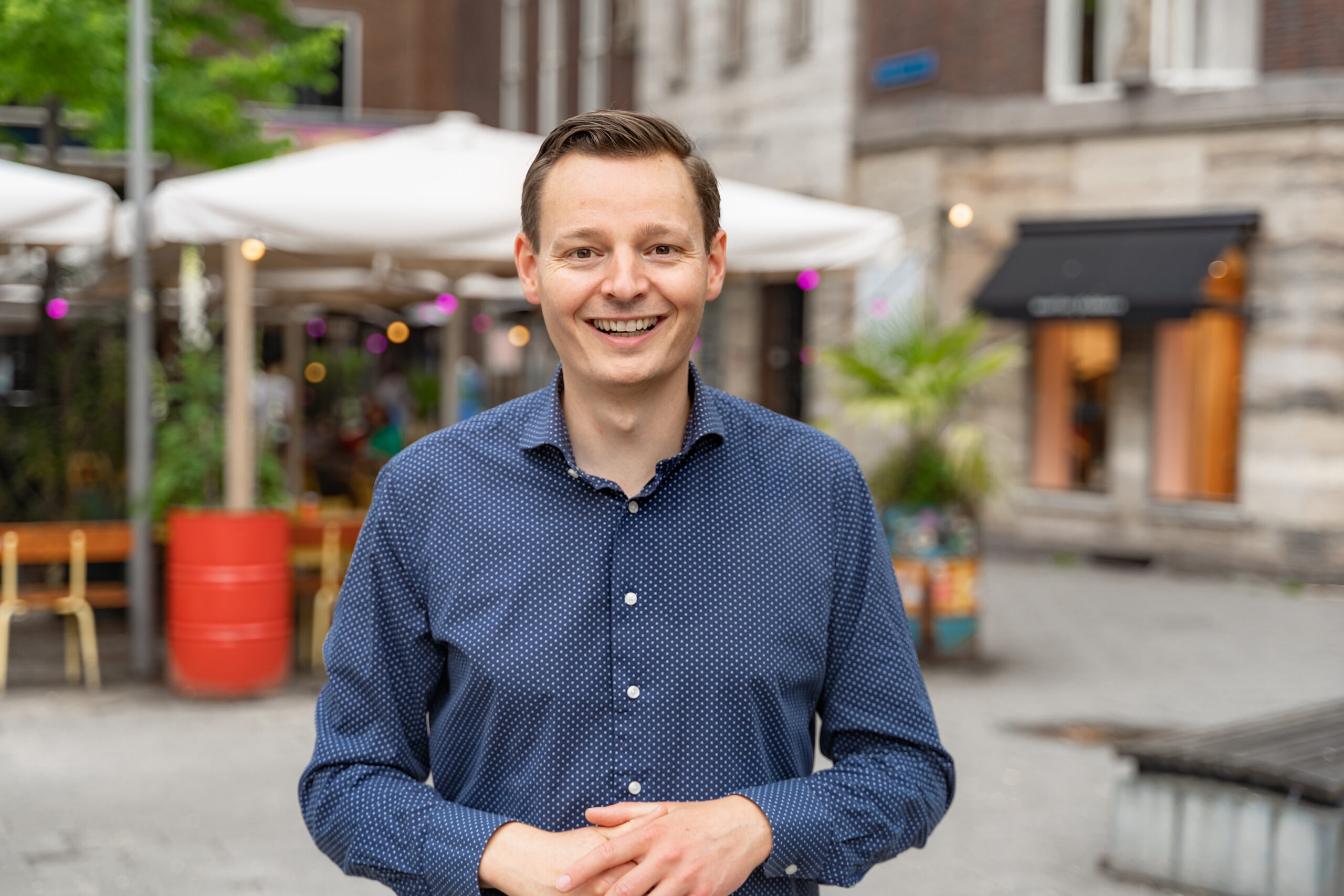Bringing innovations to the market that help the customer better means gaining a head start on your competition. Even if it is only a temporary head start. These innovations often arise from various triggers, such as changing customer needs, the arrival of new technologies or poor sales figures for current products. Innovation can cost a lot of time, energy and money. So how do you, as an organization, ensure that you guide such an innovation process properly? And what are the biggest pitfalls that you need to take into account?
What is innovation?
Let’s start with what innovation is (although a whole blog could be written about this). From Proposition Hero we use the following definition:
“Developing new products or services or renewing existing products or services.”
The number of unknown elements determine how complicated and risky the innovation process is. The larger the unknown part, the higher the risk. If you want to enter a new market with an existing product, only the market is different and the risks are lower. If you are working on a new product in a non-existent market with a new technology, the pitfalls are more difficult to avoid and the fall is a lot deeper. With the help of a sound innovation process, you try to limit the risks of failure of innovation and the costs.
What makes an innovation process so challenging?
The larger the unknown part, the more important it becomes to follow a sound innovation process. Such an innovation process differs fundamentally from normal business processes. Why? In the daily processes there is clarity and stability, based on experience from the past. See it as a puzzle where the edges have already been laid. It takes time and energy to put the puzzle together, but in principle you only have to put the pieces in the right place. In an innovation process, that structure is missing, because you are working on something that has not been done before. It is a mystery that can only be solved by thinking and acting differently.
Here are (some of) the biggest pitfalls in an innovation process
There are many pitfalls to be named in an innovation process, below we list the pitfalls that we ourselves encounter most often in organizations.
The customer is not central to the innovation process
Your organization knows the market and you know your customers. You know what they want, right? Why would you spend time and money on researching your market and target group? Why bother? A good example of a successful business innovator where customers always come first is Amazon. According to Jeff Bezos, CEO of Amazon, Amazon’s continuous self-development is partly due to the famous customer-oriented approach. They innovate by starting with the challenges and problems of the customer and working from there to a solution. Throughout the entire process, the ideas, prototypes and the final product are tested with the customer. Ultimately, they must be enthusiastic, they determine the success. In short, don’t talk about the customer, talk with the customer!
Playing innovation roulette: Investing too much and too quickly.
This is perhaps one of the easiest, and at the same time, most expensive pitfalls to fall into. Some research has been done, various solutions have been devised and there is enthusiasm about a specific solution. The enthusiasm for the idea is converted into decisive action to start developing and selling the product. Major investments are made in a cool website, the physical or digital product and the establishment of a corporate structure. Without knowing whether there is enough interest from the intended target group. That is what I call Innovation Roulette. It can work, but chances are much greater that it fails miserably. The costs increase considerably, even before sales can start. After the start, the interest in the solution turns out to be less than expected or the product does not yield enough. By following proven innovation techniques, such as Design Thinking, you reduce the risk of falling into this pitfall. The approach is simple. Start small and experiment a lot. Especially in the phases in which the concept is not yet clear. Use cheap tests, prototypes and only make major investments when there is enough interest. Otherwise you run the risk of not getting anything done and having invested a lot of money.
Hardly innovative: Old wine in new bottles
Einstein already said it; “You can’t solve a problem with the same mind that created it.” Yet that is what we do when we put together a team of experts from the same organization. Innovation benefits from diversity of people and a multitude of ideas. If that diversity is lacking, there is a great risk that your innovation will ultimately be old wine in new bottles. Innovations that actually offer the same thing in an incrementally different form. You prevent this do put together an innovation team that is as diverse as possible, and by consciously drawing inspiration from many different sources. For example, Facebook organizes Hackathons for their employees. In this way, they generate new ideas. It started with developers but is now an event in which they involve all their employees.
Innovation can cost a lot of time, energy and money. How do you ensure that you guide such an innovation process well as an organization? An innovation process has a significantly higher chance of success if the customer is central, there is a clear approach with methods that reduce the risk of failure and when you really open the doors to new ideas.






